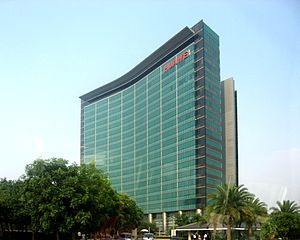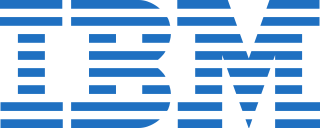Consumers no longer need to worry about the long lines at the checkout counter, or if they have over 10 items, or cash or credit. Amazon is making buying groceries almost as easy as opening the door to your own pantry, where even the need to open your wallet has been annihilated.
The cashier-strapped supermarket opened this week in Seattle, the birthplace of Amazon. The store bodes well for an enormous disruption in the $800 billion grocery store industry.
Shoppers enter the store and scan their smartphone app. A myriad of cameras and sensors pay careful attention to what comes off the shelves and charges it all to the consumer’s Amazon account.
The new store, named Amazon Go Grocery, is an expansion of Amazon’s two-year-old chain of 25 Amazon Go convenience stores, which are only one-fifth the size of the 10,400 square-foot full-size grocery and stock mostly soft drinks and sandwiches.
Dealing with produce was a special challenge. Consumers like to squeeze their tomatoes and avocados before purchasing, which makes it difficult for the sensors to keep track of what’s what. Nothing is weighed at Amazon Go Grocery. The fruit and veggies are per item, with oranges going for 53 cents apiece, and bananas 19 cents.
Another type of grocery store is in the planning stages by Amazon to open in the Los Angeles area later this year. Amazon says it will not be a cashier-free store, but what it will be is still a secret. The company has also not said whether more Amazon Go Grocery stores are being planned for other locations, and they also say they are not planning to bring autonomous shopping to their 500 Whole Foods groceries, which they purchased in 2017.
Not everything about Go Grocery is an improvement. Shoppers must bag their own groceries as they shop. Also, Amazon has eliminated the friendly butcher, baker, and deli-counter worker. Instead, these items are found pre-packaged in refrigerated shelves.
Helping fellow shoppers can lead to trouble. If someone needs help with an item on a high shelf, if you are taller and get the item down for that person, you will be charged if the person you helped leaves with that item.
With all-new technologies come a few bumps. But overall, this seems to be a positive move forward for the grocery sector.

